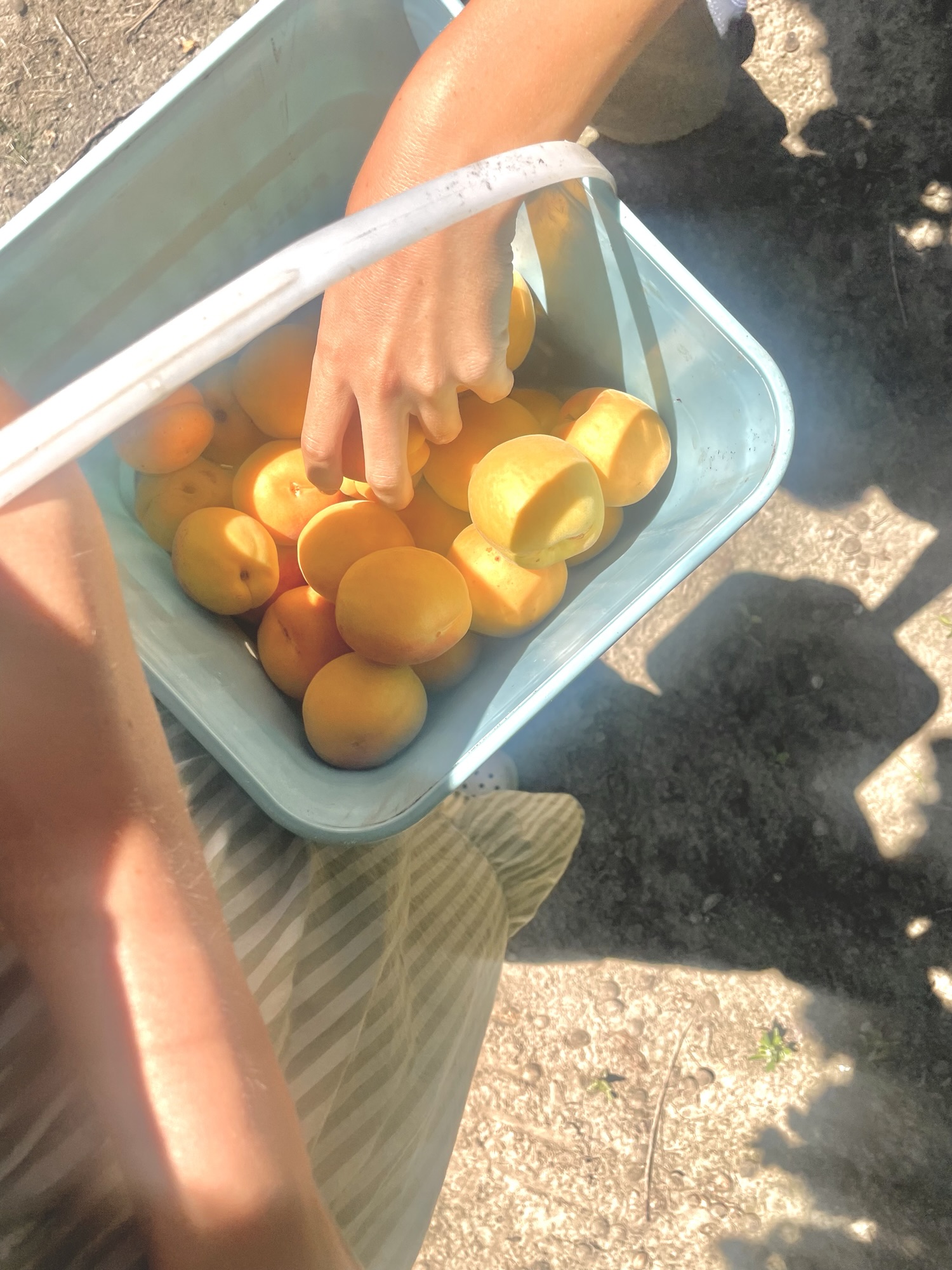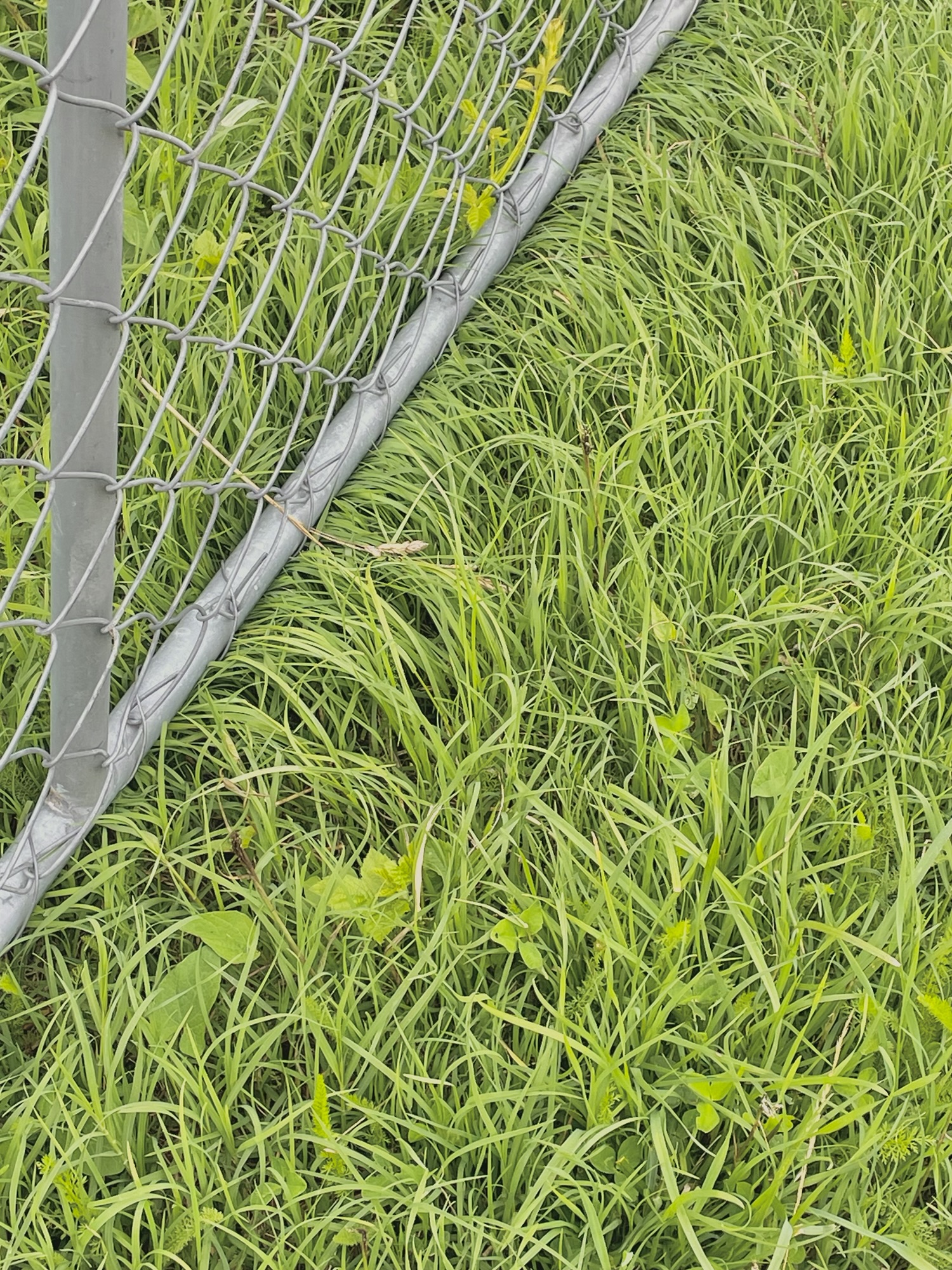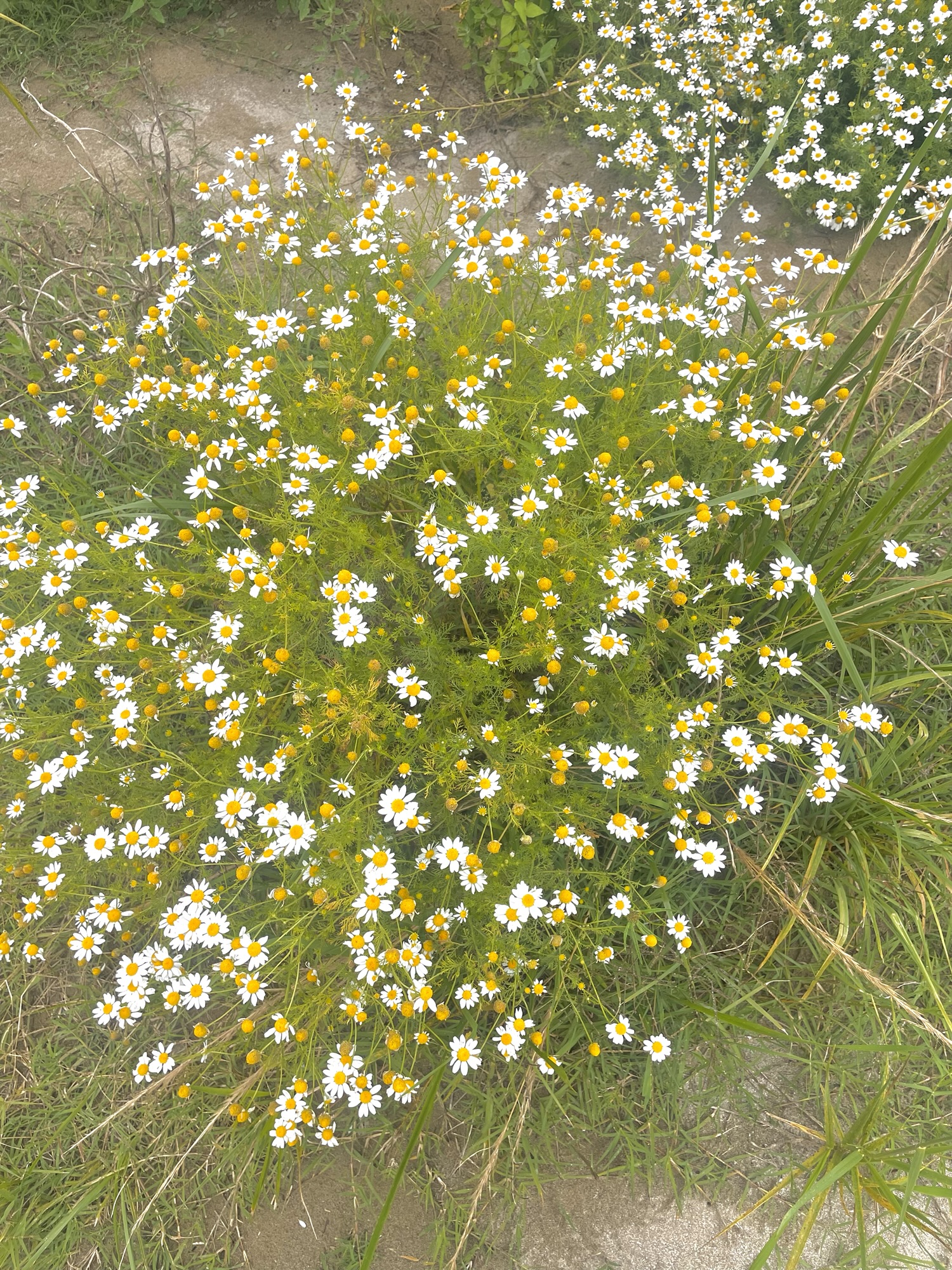Writing descriptions that draw people in
To me, a description is something that paints a place, person, emotion – and so much more. It can either leave your reader feeling bored and with a blank page, or can spark pictures in their brain and begin to reveal the aesthetic and mood of your book. Of course, we all want the former option, rather than the latter.
But how exactly do we accomplish such a thing?
There are hundreds (probably thousands) of ways to go about writing a description, and the way you do it will be unique to your special writing voice and style. The more descriptions you write, the easier they’ll come, and the smoother you’ll find the right words.
Personally, I really enjoy writing descriptions, it’s one of the easier things for me in writing. Action scenes are much more difficult- I’d way rather describe in detail English countryside. I find it mesmerizing, to put into words the feeling of a place, and use the setting to add emphasis to what my characters are feeling and going through.
So, what are some good things to focus on, when trying to pull your reader in?

Writing specifically not generally.
I think this is the number one thing I turn to when I feel that a description needs some help. If I’m writing a scene, and there’s lots of “trees”, and “birds”, and “grass” – it’s not extremely riveting. So I try to find more specific details to replace those general things with. This gives a real sense to the place you’re describing, makes it sound like somewhere that actually exists, rather than a stereotype field or mountain or town.
Here’s an example of how this can improve a description:
“The leaves of the tree fluttered in a slight breeze, that brought on it the scent of winter. There was a large gnarled branch, which hung over the dewy grass, and it reminded Lucia of the wicked games her cousins used to play. To the side stood a stone wall, grey and brown, almost disappearing into the grassy bank behind.”
“Oak leaves fluttered in a slight north breeze that brought on it the scent of winter. There was a large gnarled branch which hung over the dewy clover and dandelions, and it reminded Lucia of how her cousins used to play Indians and Americans. To the left stood a greying granite wall, almost disappearing into the bank of blackberry behind.”
If you compare both versions you’ll likely find that the second version is more interesting and paints a better visual picture in your mind. It’s the simple addition of detail, specifics.

Replacing boring words with ones more descriptive and diverting.
For instance, find the places where you say “blue” or “green”, and find a more interesting way to describe that colour. You could simply specify the type of green it is, or compare it to something (“green as spring apples”, for example).
Something else to be careful of (which I am just now learning about) is not describing things that are out the point of view. For instance, if you are writing in first person, there shouldn’t be a description of the back of that persons head, or something out of their perception. Also consider if your character would actually notice things like “my hair glistened yellow in the firelight”. Is this an important detail to your character? Why is she noticing it now, if she’s seen her hair 1000s of times before?

Don’t make your readers cringe with internal descriptions
If you’re going to write about a character’s emotions, or inner state. Be careful not to be stereotypical or too simple. When writing first person especially, it can be very difficult to detach from that character and actually find how to describe what they’re feeling in an authentic way. When I read back my own work, it’s the inner descriptions that make me cringe the most.
Books are not movies, and when we write these descriptions I think we need to remember that. We can’t say a simple “my heart was broken”, or “I’d never felt so angry in my life”. It’s almost so simple you feel numb to it. Instead use the tips above to deepen the way you talk about how your character is feeling and what they’re going through.
Here’s an excerpt from a book I wrote to demonstrate.
“It fell in large drops, sending Freda running across the concrete to her car. She beckoned for me to hurry. But I couldn’t care less if I got wet. In fact, it made me feel a little more alive, so I almost lingered in the droplets, taking each one as a breath of air. The sound it made, pounding on cars and concrete, it drowned out most of the other noises. It also made everything misty, smoothed the edges of the buildings. I felt that it smoothed the edges of the bottomless tunnel as well.”
For some reason, I like it. It seems to be saying something to me about the main character, even though it isn’t obviously. We get a sense of her lack of purpose and her state of depression. She wants to feel alive, and in this moment, the rain gives that to her.
So you see, there’s so many aspects to writing descriptions, and this is just three! See how many more you can find, and try out these tips in your own writing at home.
